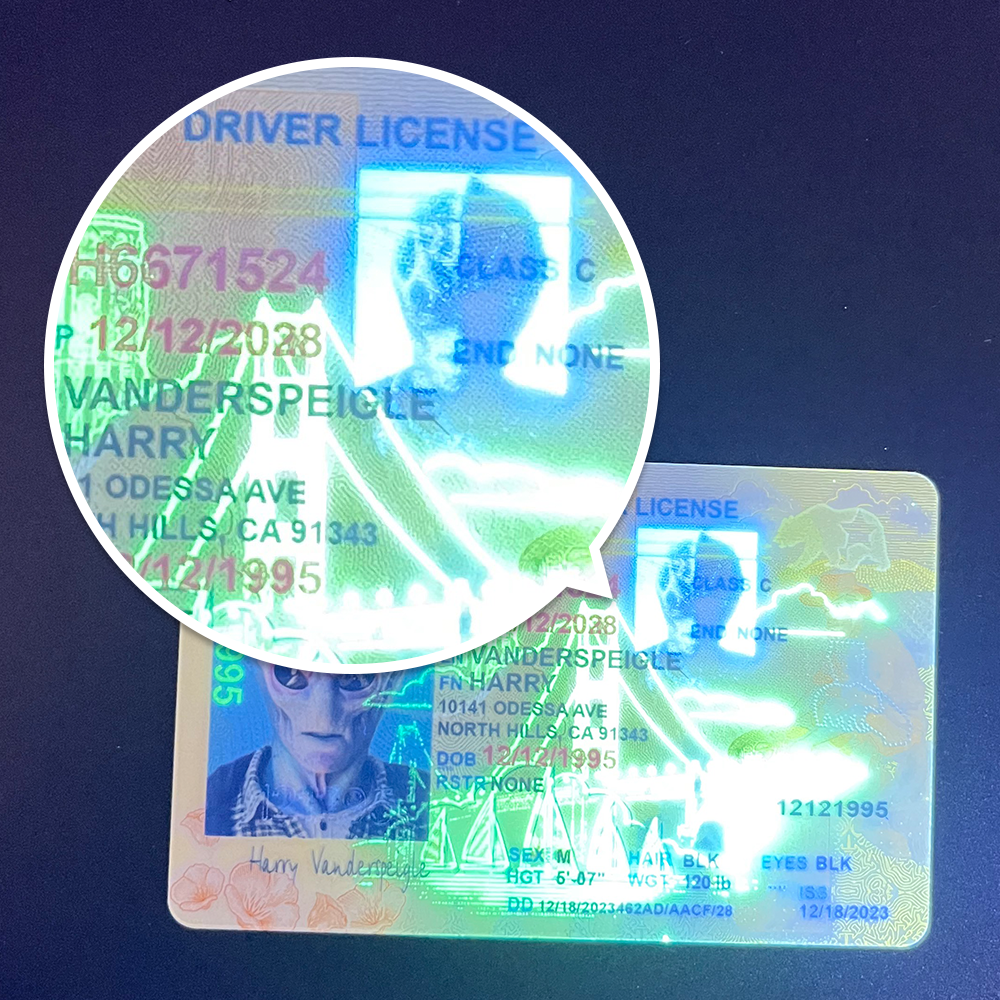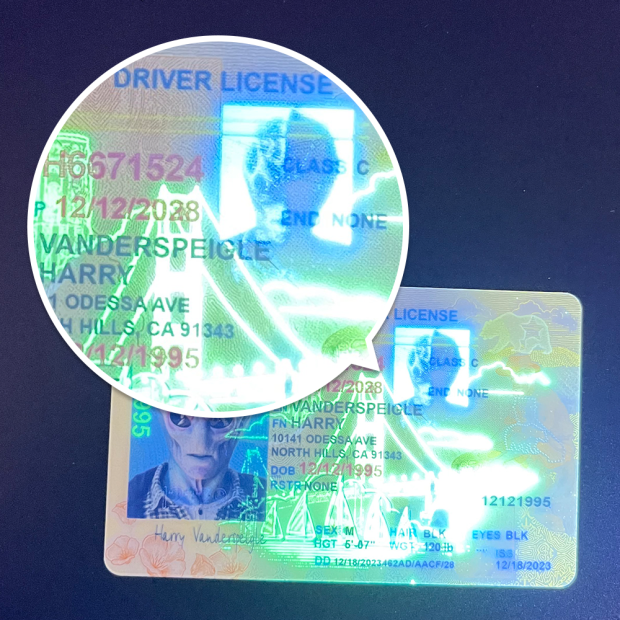What is Real ID and How Does It Impact Transportation?
Established under the REAL ID Act of 2005, Real ID refers to a set of federal standards governing the issuance and security features of state-issued identification cards. These standards aim to create more reliable and consistent forms of identification, primarily to enhance national security. Unlike traditional driver’s licenses or state IDs, Real ID-compliant cards include specific security features such as laser-engraved photos, 2D barcodes, and tamper-resistant materials. These elements make it harder to forge or alter the document, ensuring that the ID presented is genuinely tied to the individual.
Originally, Real ID gained prominence in airport security, where it became a requirement for domestic air travel starting in 2023. However, its influence extends beyond aviation. As transportation networks grow more interconnected, sectors like bus charter services have increasingly adopted Real ID guidelines to align with broader security protocols. For bus companies, understanding Real ID is not just about following rules—it’s about creating safer travel experiences and maintaining compliance with evolving federal and state regulations.

Why Bus Charter Companies Prioritize Passenger Verification
Bus charter services, whether for school trips, corporate events, or long-distance travel, operate under unique security challenges. Unlike public transit, charter buses often carry groups with shared destinations, making them potential targets for unauthorized access or malicious activity. Passenger verification acts as a first line of defense here.
From a legal standpoint, many states and federal agencies require charter companies to verify passenger identities, especially for interstate routes. For example, the Transportation Security Administration (TSA) outlines guidelines for commercial motor vehicle operators, encouraging the use of reliable identification to prevent threats. Beyond legal obligations, verification helps companies manage liability. In the event of an incident, having accurate passenger records can streamline investigations and protect the company from legal disputes.
Passenger trust is another key factor. When travelers know their bus company takes ID checks seriously, they feel more secure. This trust translates to repeat business and positive word-of-mouth, which are critical for the success of any charter service.

Key Elements of Passenger Verification in Bus Charter Operations
Effective passenger verification in bus charter services involves more than just asking for an ID. It requires a structured process that balances thoroughness with efficiency to avoid delaying departures.
1. Acceptable Forms of Identification
While Real ID-compliant driver’s licenses or state IDs are preferred, bus companies typically accept a range of government-issued IDs. These include:
- U.S. Passport or passport card
- Military identification (including dependent IDs)
- Permanent Resident Card (Green Card)
- Trusted Traveler Program cards (e.g., Global Entry, NEXUS)
- State-issued non-driver IDs that meet Real ID standards
For international passengers, a valid passport with appropriate visas may be required, depending on the trip’s origin and destination.
2. Verification Process Steps
Most charter companies follow a three-step verification process:
- ID Inspection: Staff check for physical signs of tampering, such as peeling laminates, mismatched holograms, or altered dates. Modern IDs often include embedded chips or QR codes that can be scanned for authenticity.
- Passenger Matching: The name, date of birth, and photo on the ID must match the passenger’s appearance and the reservation details. For group bookings, this may involve cross-referencing a manifest provided in advance.
- Record-Keeping: Companies store copies of IDs (digitally or physically) for a specified period, typically 30 to 90 days, to comply with record-keeping laws. This data is kept secure to protect passenger privacy.
3. Staff Training and Tools
Frontline staff, such as ticket agents or drivers, play a critical role in verification. Training programs often cover:
- Recognizing fake IDs through hands-on practice with counterfeit examples
- Handling sensitive situations (e.g., passengers with expired IDs, language barriers)
- Using technology like ID scanners or mobile apps that cross-check IDs against government databases
Some companies invest in automated verification systems that integrate with their booking software, reducing human error and speeding up the process.
Common Challenges in Passenger Verification and How to Overcome Them
Despite careful planning, bus charter companies often face hurdles in verifying passengers. Here’s a look at frequent issues and practical solutions:
1. Non-Compliant or Expired IDs
Problem: Passengers may present IDs that don’t meet Real ID standards (e.g., out-of-state licenses from non-compliant states) or have expired.
Solution: Companies can accept alternative forms of ID (e.g., a valid passport) if the primary ID is non-compliant. For expired IDs, some allow temporary use if the passenger provides a secondary document (e.g., a utility bill showing current address). Clear communication about ID requirements in pre-trip emails or confirmations helps reduce last-minute issues.
2. Minors Traveling Without a Parent
Problem: Unaccompanied minors may not have government-issued IDs, raising concerns about consent and safety.
Solution: Many companies require a notarized consent form from the parent or guardian, along with a copy of the adult’s ID. For younger children, a birth certificate or school ID with a photo may suffice. Some also ask for emergency contact information to verify the minor’s travel approval.
3. International Passengers with Unfamiliar IDs
Problem: Staff may not recognize IDs from other countries, making it hard to verify authenticity.
Solution: Training materials can include examples of common international IDs (e.g., Canadian driver’s licenses, Mexican voter ID cards). Additionally, using digital tools that scan and validate foreign IDs against global databases can improve accuracy.
4. Technical Glitches in Verification Tools
Problem: ID scanners or software may fail, causing delays during check-in.
Solution: Companies should have backup processes, such as manual verification by a trained supervisor, to keep operations moving. Regular maintenance and testing of technology ensure tools are functioning correctly before peak travel times.
5. Privacy Concerns Over Data Storage
Problem: Passengers may worry about how their ID information is stored and used.
Solution: Transparency is key. Companies should clearly outline their data privacy policies, including how long IDs are stored, who has access to them, and measures taken to prevent breaches (e.g., encryption, restricted access). Providing this information on websites and in booking confirmations builds trust.
Frequently Asked Questions About Real ID and Bus Charter Verification
Q1: Is Real ID required for all bus charter trips?
Not necessarily. While Real ID is a federal standard, its requirement for bus travel depends on state laws and the company’s policies. For interstate trips or routes that pass through secure zones (e.g., near federal facilities), companies may mandate Real ID. For intrastate or private charters, alternative IDs are often accepted.
Q2: Can I use a digital ID (e.g., Apple Wallet, Google Pay) for verification?
It varies by company. Some charter services accept digital IDs if they can be independently verified (e.g., by scanning a QR code linked to a government database). However, many still prefer physical IDs due to concerns about device reliability or screen tampering. Always check with your bus company in advance.
Q3: What happens if I forget my ID on the day of travel?
Most companies will deny boarding if you can’t provide valid ID. In some cases, they may allow a secondary form of verification, such as a credit card with your name, a utility bill, or a phone call to a trusted contact to confirm your identity. However, this is at the company’s discretion and not guaranteed.
Q4: Do I need to show ID for every passenger in my group, including infants?
Infants (under 2 years old) typically don’t need ID, but older children do. For groups, companies may require ID for all passengers over a certain age (often 12 or 14, depending on the state). Always check the age policy with your charter provider when booking.
Q5: How do bus companies protect my ID information after verification?
Reputable companies store ID data securely, either in encrypted digital systems or locked physical files. They adhere to privacy laws like the General Data Protection Regulation (GDPR) or the California Consumer Privacy Act (CCPA), which restrict access to personal information. Most delete records after the required retention period (e.g., 30 days post-trip) to minimize risk.


